Turkish Sage
Leaf type: Heart shaped (basal leaves), ovate, linear (narrow)
Phyllotaxis: Opposite
Leaf (upper side)
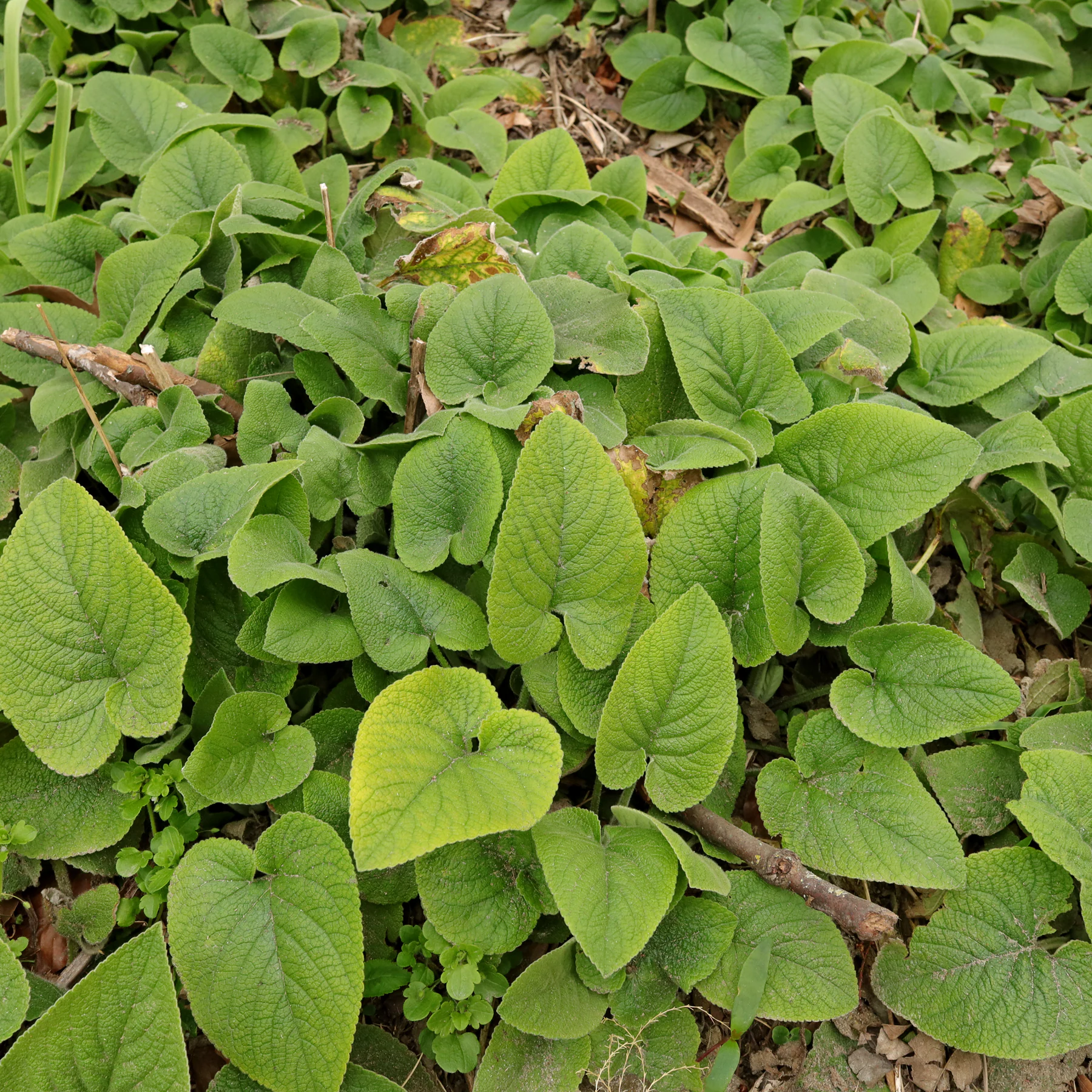
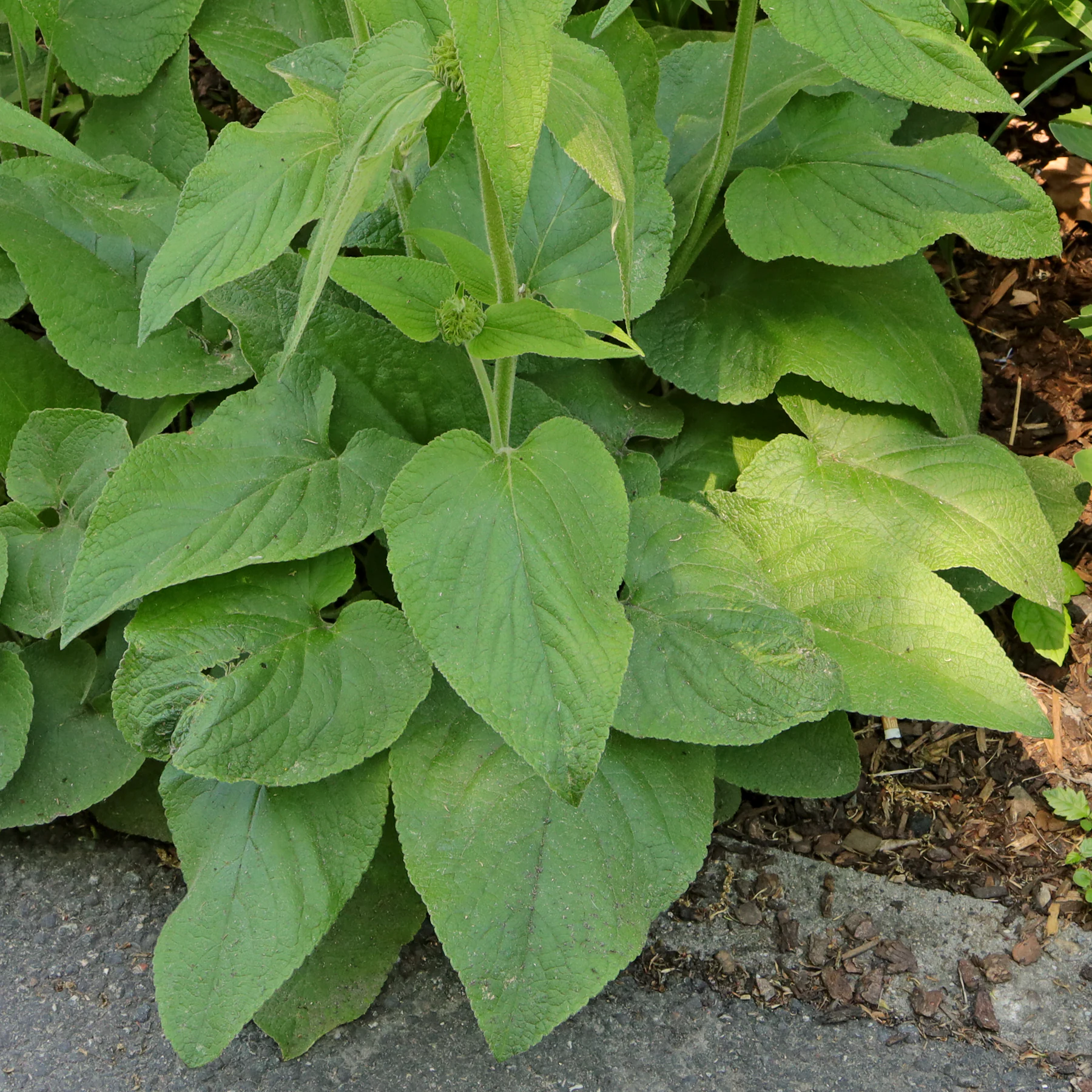
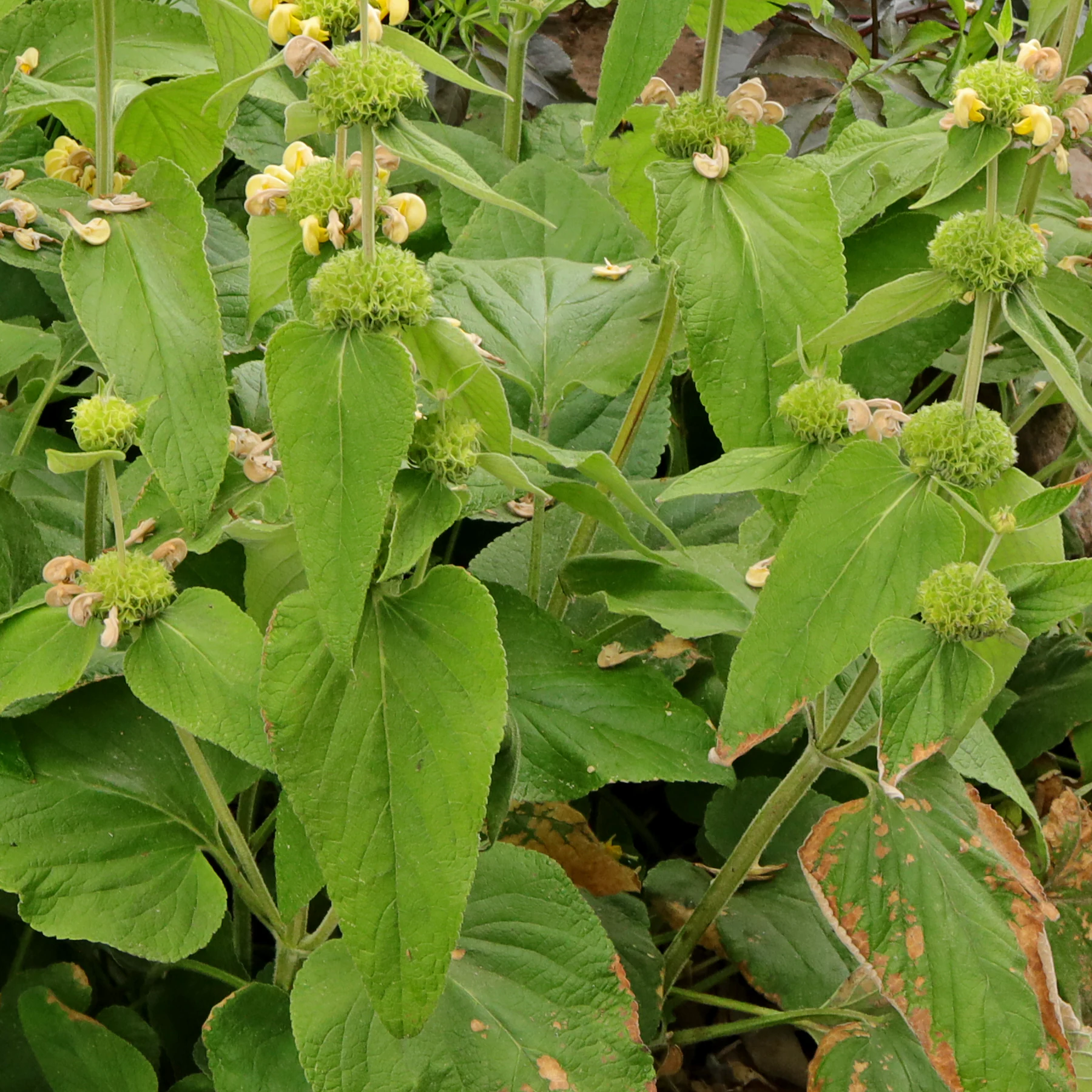
Description
Turkish Sage (Phlomis russeliana) is a hardy perennial and can grow up to one metre high. Its light yellow flowers appear from May to July. Since it also spreads by runners, it can form dense stands in suitable locations.
Phlomis russeliana is native to Turkey, belongs to the Lamiaceae family and is related to the Common Sage (Salvia officinalis).
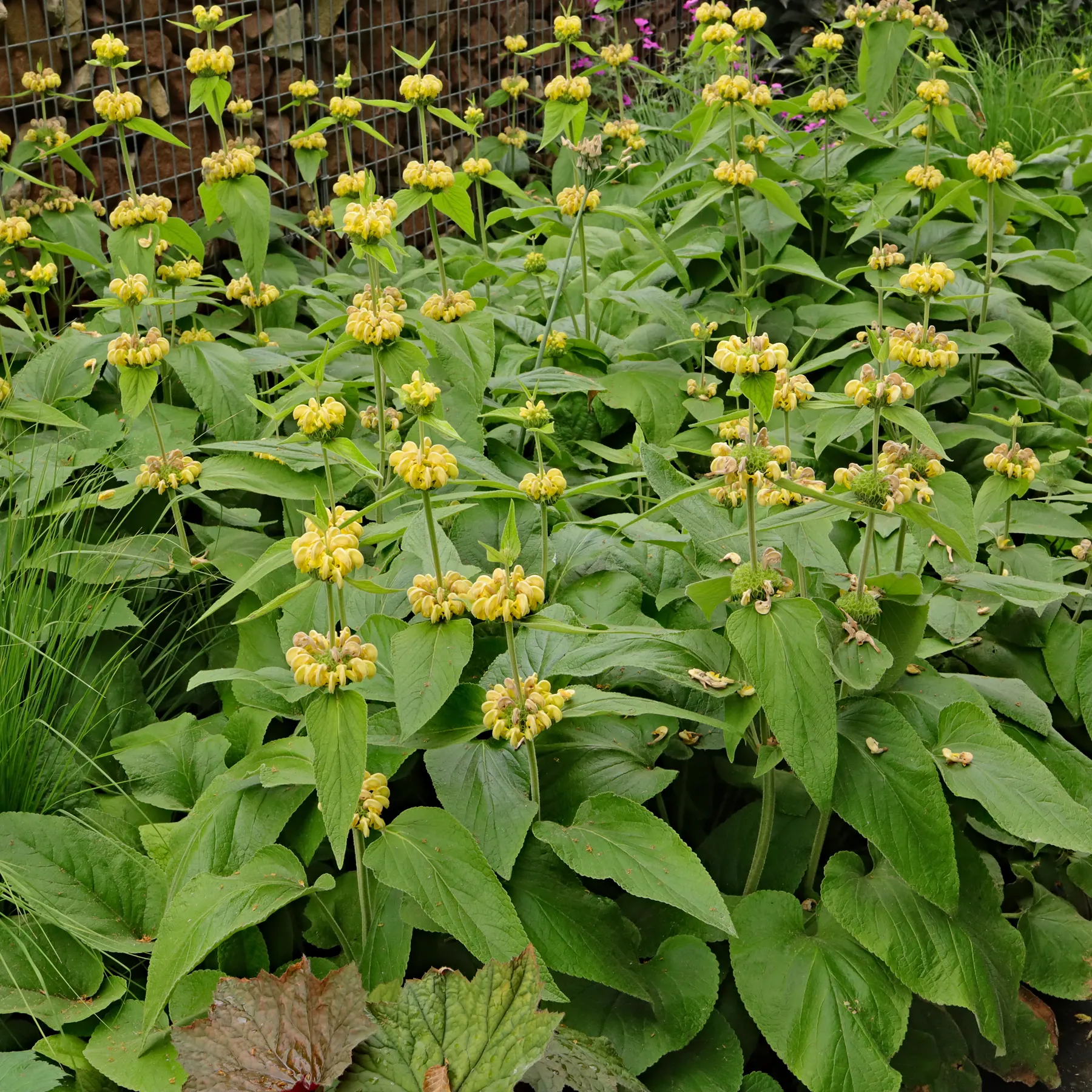
Turkish Sage in the Garden
Semi-shady to partly sunny locations with evenly moist soil are ideal. If the soil can store enough moisture, i.e. is humusy or slightly loamy, Turkish sage will also do well in full sun locations.
Until it has grown, which can take over a year, Phlomis russeliana should be watered regularly. Established specimens can tolerate short dry periods.
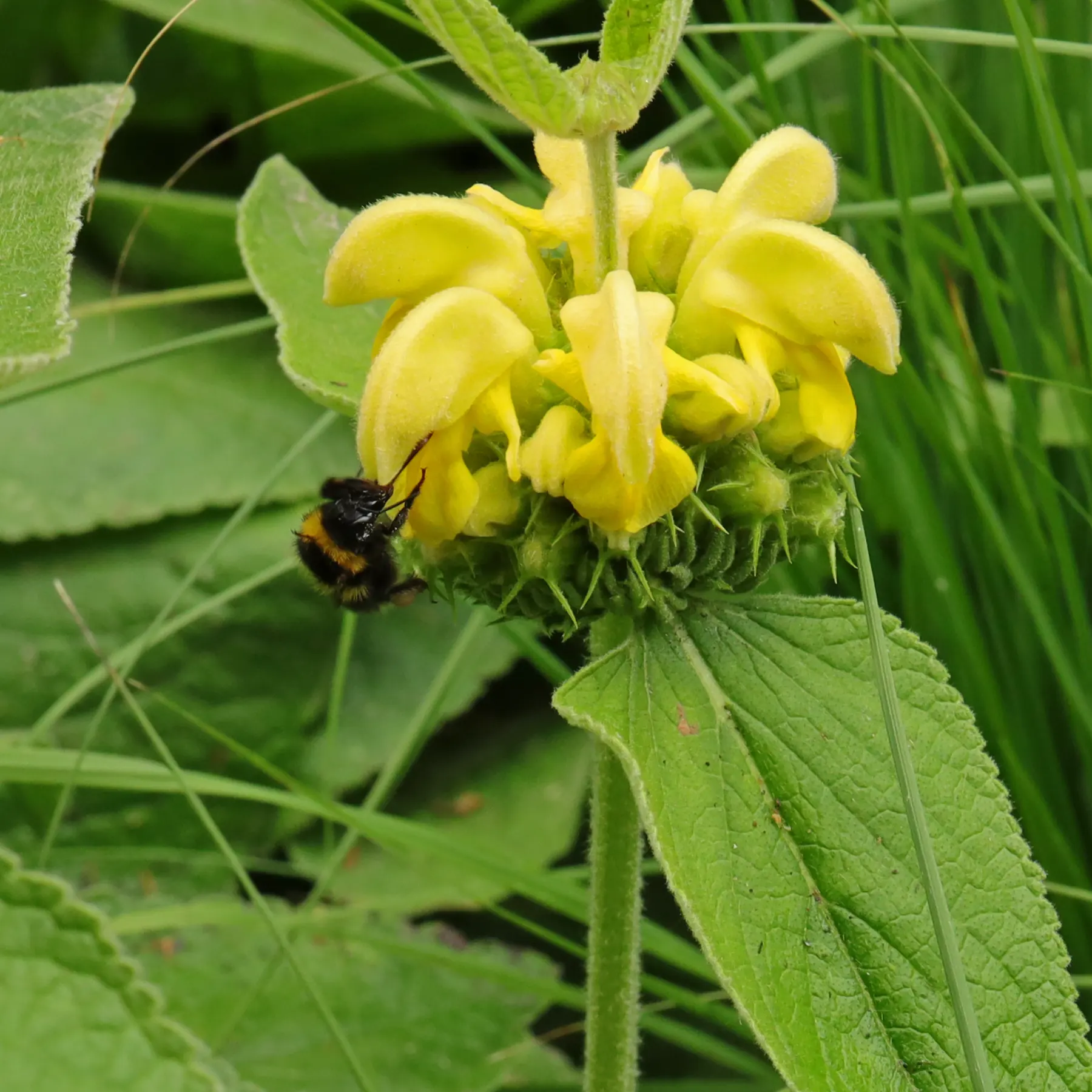
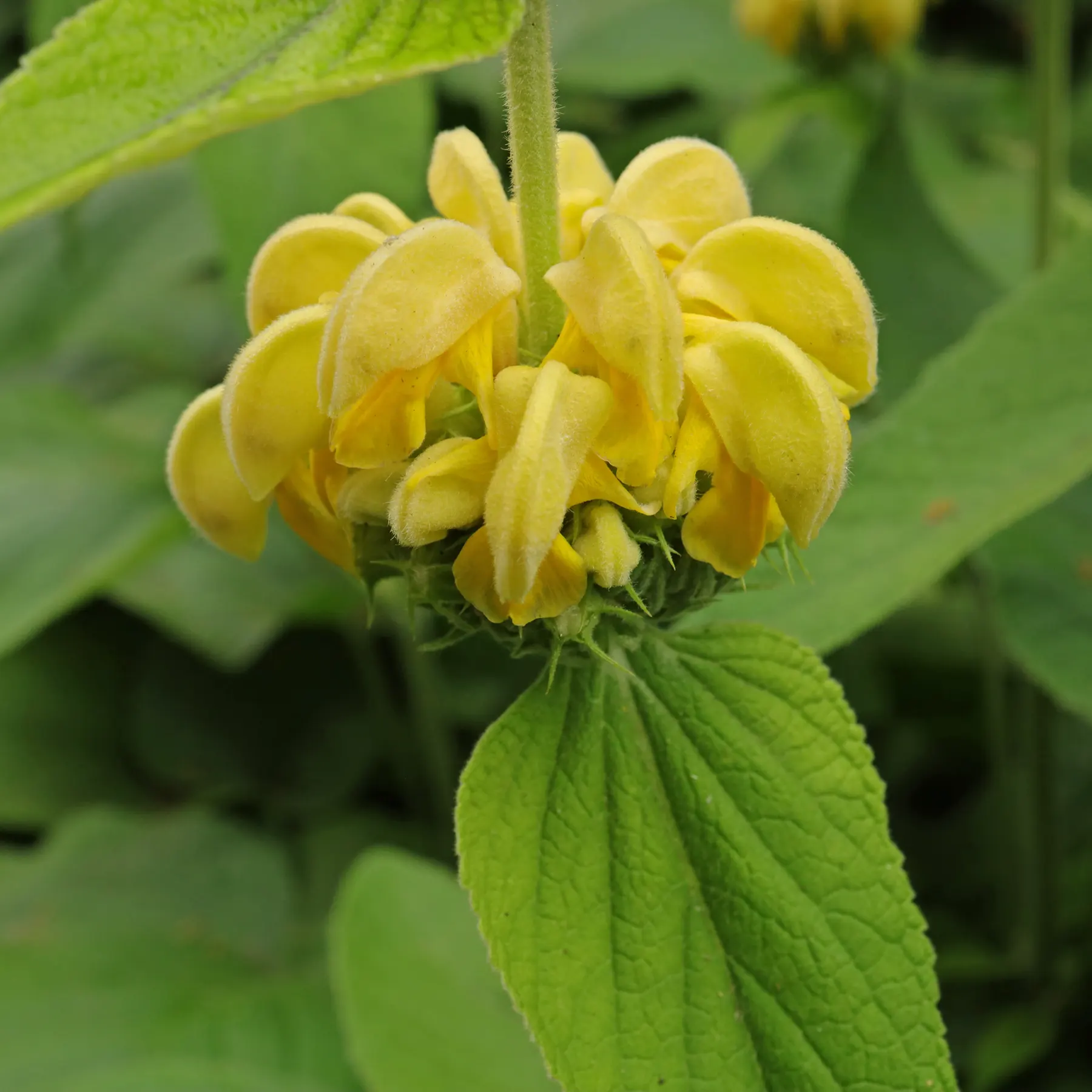
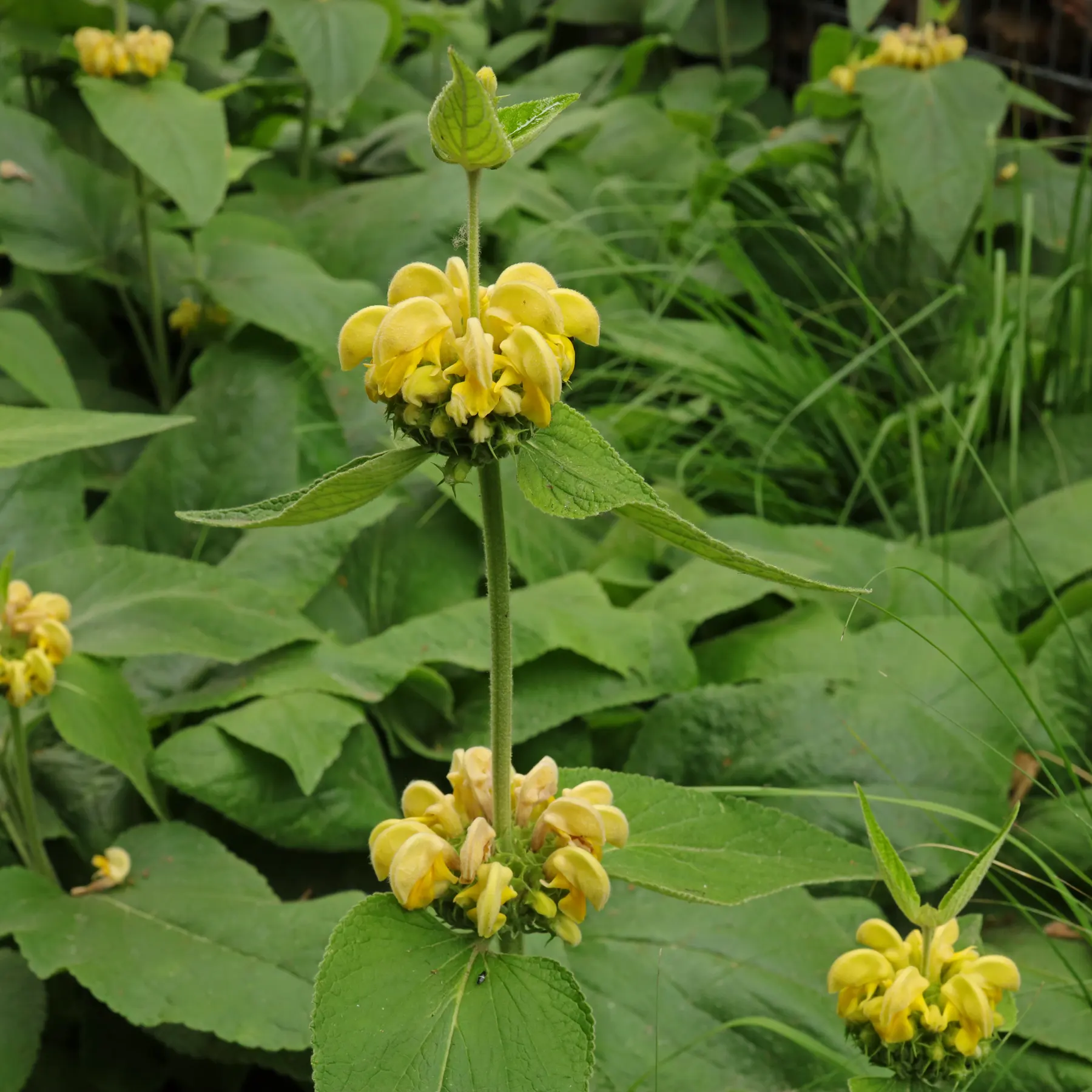
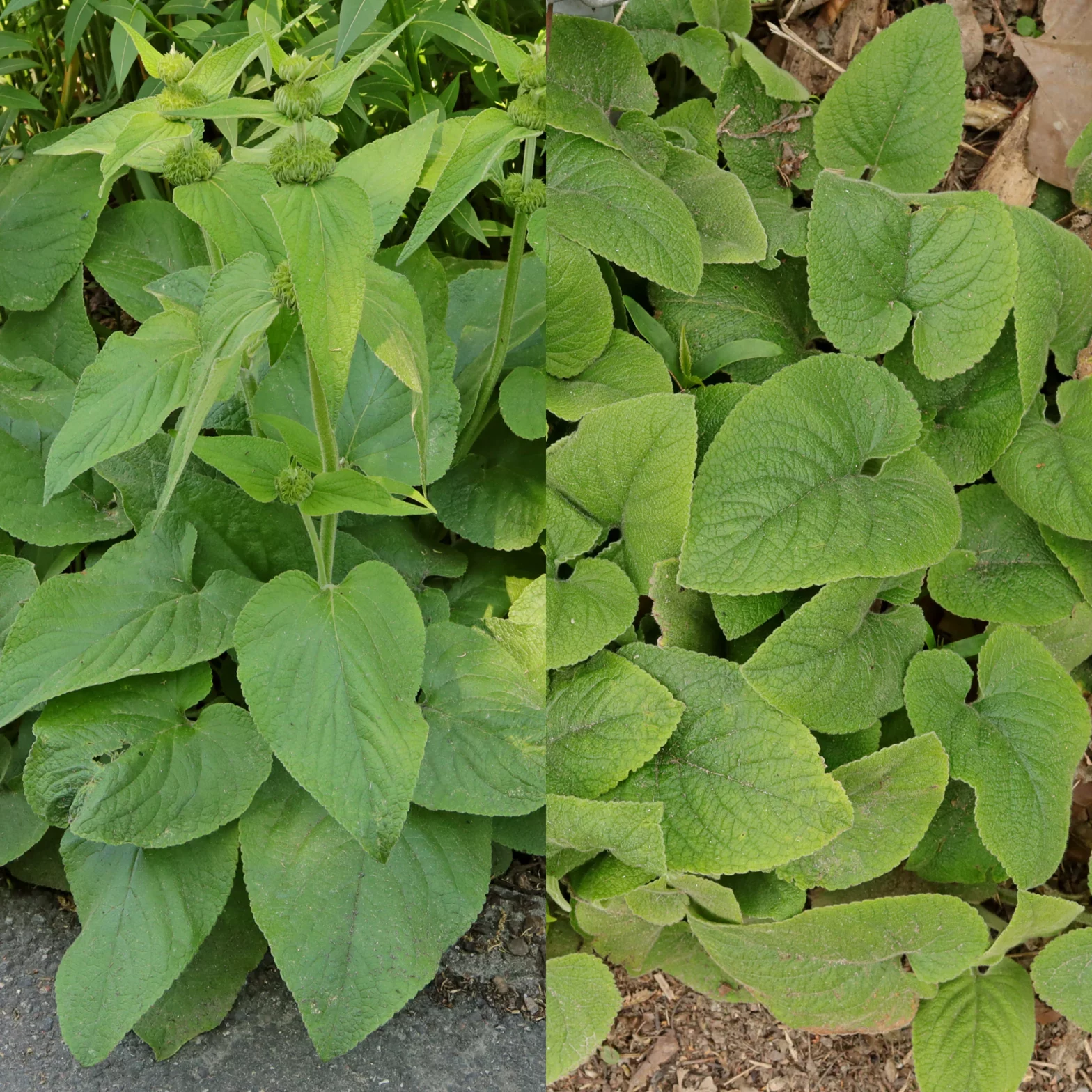
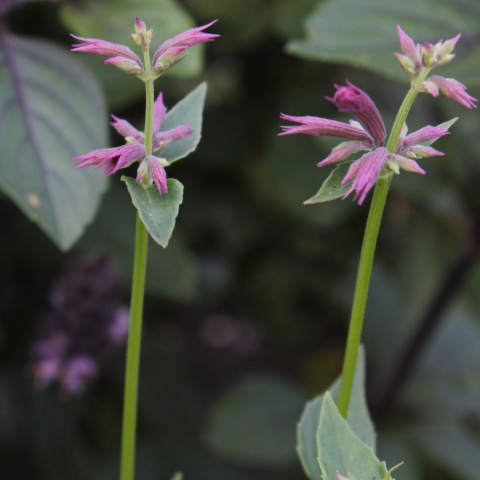 Agastache mexicana
Agastache mexicana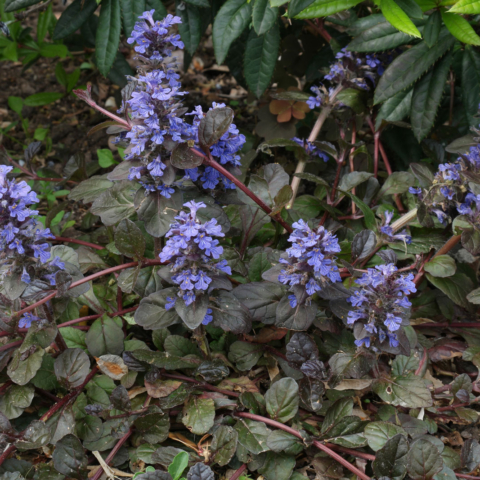 Ajuga reptans cv.
Ajuga reptans cv.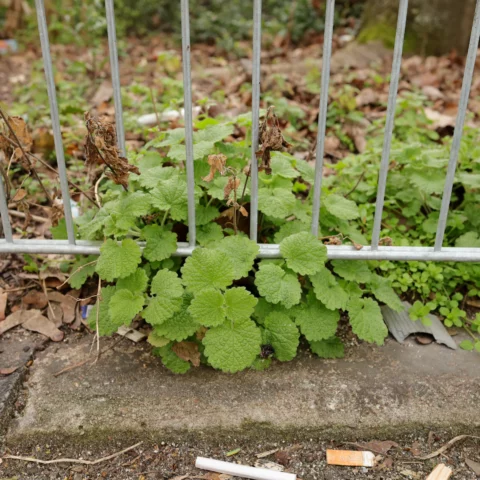 Ballota nigra (black horehound)
Ballota nigra (black horehound)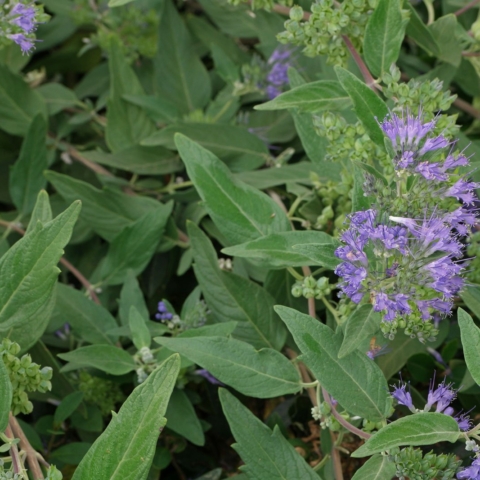 Caryopteris × clandonensis
Caryopteris × clandonensis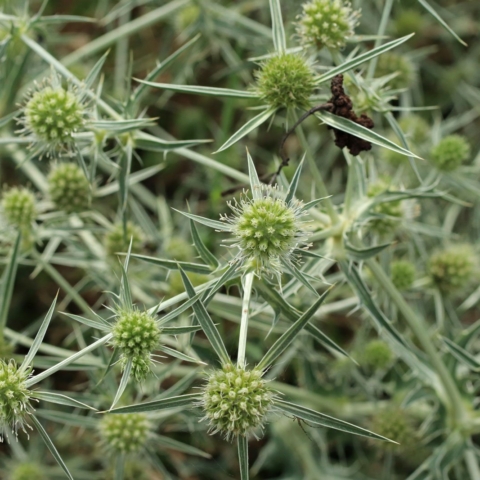 Eryngium campestre
Eryngium campestre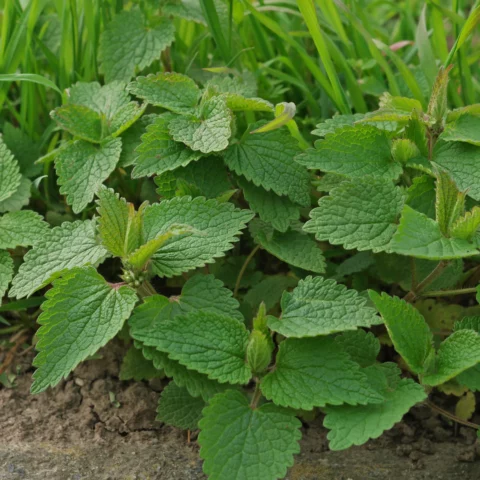 Lamium album (white dead-nettle)
Lamium album (white dead-nettle)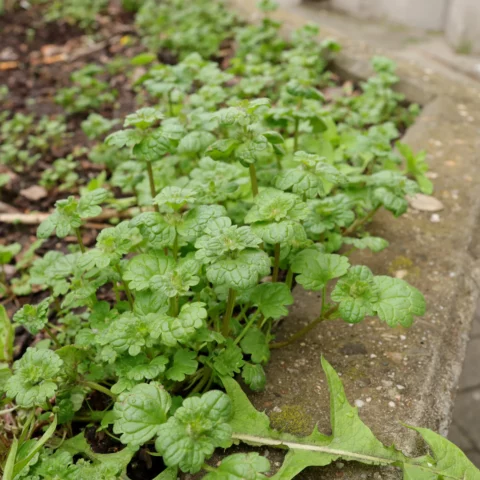 Lamium amplexicaule (common henbit)
Lamium amplexicaule (common henbit)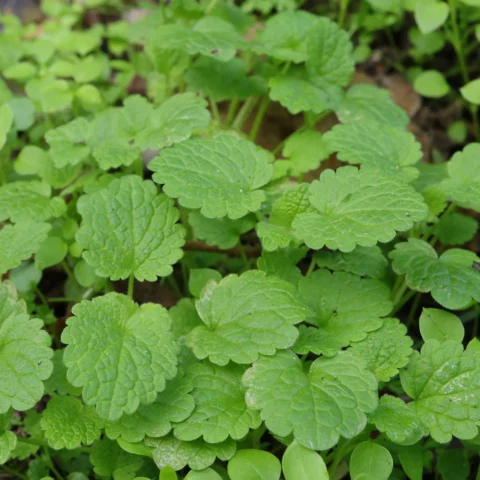 Lamium purpureum (red dead-nettle)
Lamium purpureum (red dead-nettle) Origanum vulgare (oregano)
Origanum vulgare (oregano)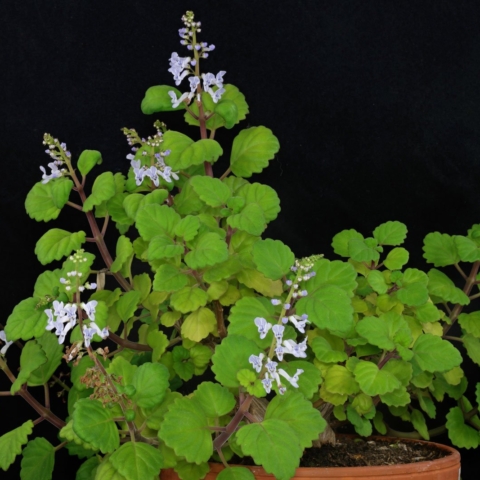 Plectranthus verticillatus
Plectranthus verticillatus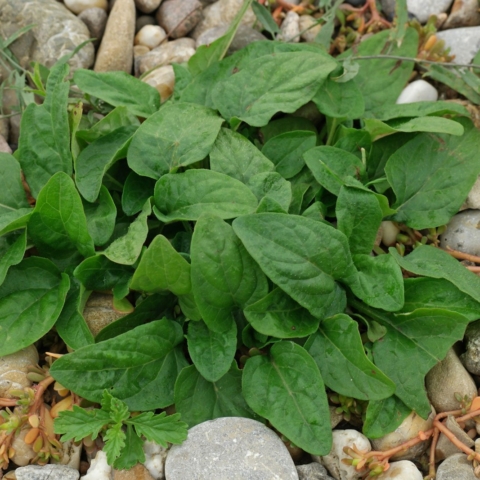 Prunella vulgaris (self-heal)
Prunella vulgaris (self-heal)